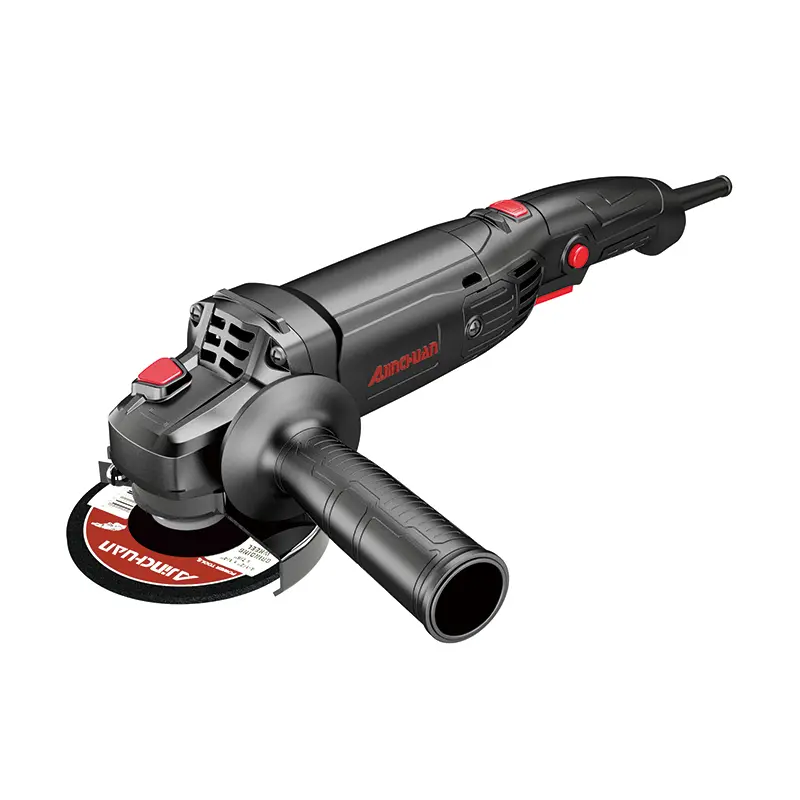In the power tool industry, brand selection has always been a key decision that affects long-term operation. The market competition between original factory brands and alternative brands essentially reflects the collision of different value propositions – one side represents technological inheritance and standard systems, while the other excels in flexibility and cost-effectiveness. Understanding the core differences between these two types of brands not only helps to make more suitable choices but also enables the construction of a supply chain system that meets one’s own needs.
The balance between the pace of technological inheritance and innovation
Original factory brands often carry the evolution process of the mainstream technical standards in the industry. Its product development is usually based on decades of technological accumulation, from the optimization of motor energy efficiency curves to ergonomic design, forming a complete technical system. This inheritance is reflected in the details: for instance, the gearbox life test of professional-grade power tools must achieve 500 hours of trouble-free operation, and the carbon brush wear rate should be controlled within 0.3mm per 100 hours. Behind these parameters are the continuous iteration of material formulas and manufacturing processes.
Alternative brands, on the other hand, demonstrate different technological paths. They tend to make adaptive improvements within the framework of mature technologies, such as optimizing the heat dissipation structure for specific application scenarios or achieving cost control by simplifying non-core functions. This model enables the new product iteration cycle to be shortened to 60%-70% of that of the original factory, allowing for a faster response to changes in market demands for lightweight, portability and other niche requirements.

Multi-dimensional Analysis of Supply Chain stability
The depth of the supply chain determines a brand’s ability to fulfill its obligations. Original factory brands usually have vertically integrated supply chain systems. Key components such as brushless motors and intelligent controllers are mostly supplied by enterprises within the system. This model can keep the inventory turnover days of materials within 30 days, ensuring stable production capacity during peak seasons. Meanwhile, the standardized production process keeps the product consistency error within 2%, which is particularly important for bulk purchasing.
Alternative brands rely on social collaboration networks to form product solutions by integrating the resources of professional accessory manufacturers. The advantage of this model lies in the flexibility of supply chain adjustment – when the supply of a certain specification of battery is tight, the compatibility test of the compatible model can be completed within 1-2 weeks. However, this flexibility also comes with challenges. The performance parameters of different batches of products may vary by 5% to 8%, requiring a more rigorous inbound inspection process.
The assessment framework of the full life cycle value
When judging brand value, one should not merely look at the initial procurement stage but should cover the entire product life cycle. The service system of the original factory brand is usually more complete. The average warranty period is 30% to 50% longer than that of the alternative brand, and the service network coverage rate worldwide exceeds 80%, which means a faster response speed to faults. The value-added services it provides, such as professional training and the standardization of maintenance manuals, can effectively reduce the usage costs for end users.
Alternative brands demonstrate an advantage in total cost of ownership. Apart from the difference in procurement costs, the prices of its accessories are usually 60% to 70% of those of the original factory, and they are more versatile, which helps to reduce inventory pressure. For basic products with a high degree of standardization, the comprehensive usage cost of alternative brands may be more than 20% lower than that of the original factory, especially suitable for scenarios where price is sensitive and the usage intensity is moderate.
The process of choosing a cooperative brand is essentially a sorting out of the priorities of one’s own needs. Is it more important to value technological stability and service networks, or is it more necessary to have cost advantages and supply chain flexibility? There is no absolute optimal choice; there is only the most suitable match. As industry technologies continue to integrate, the boundaries between original manufacturers and alternative brands are gradually blurring. This competition ultimately drives the entire power tool industry towards higher cost performance and better user experience.
Post time: Oct-17-2025

